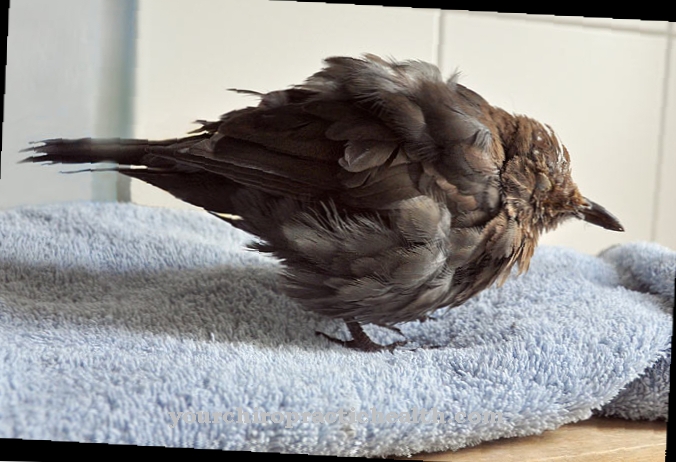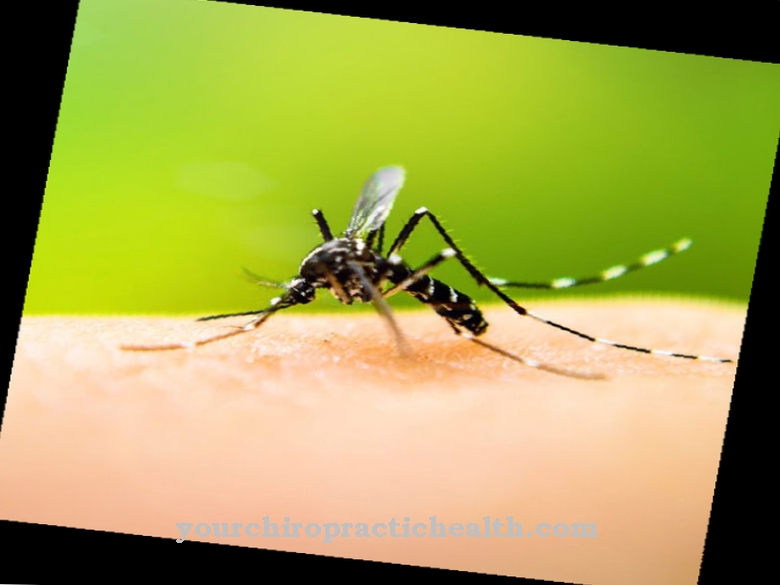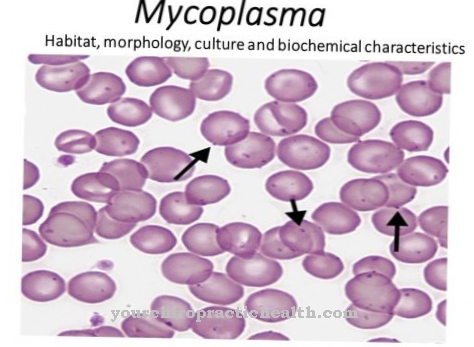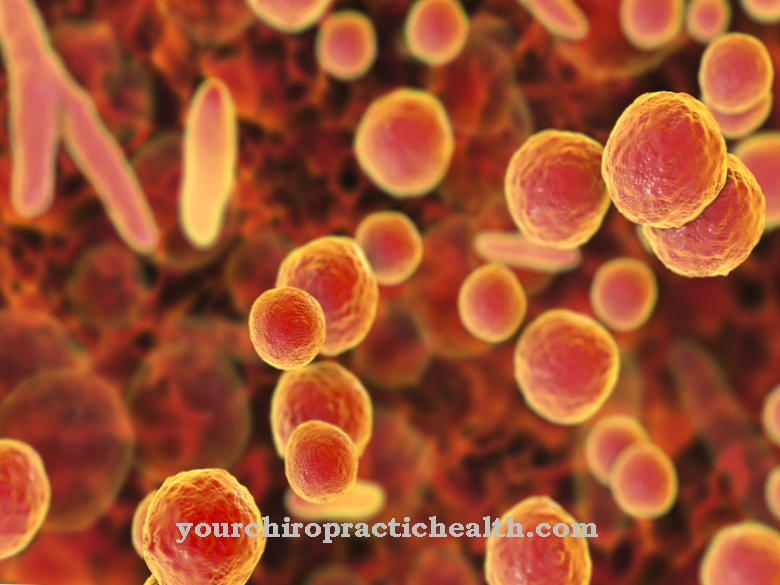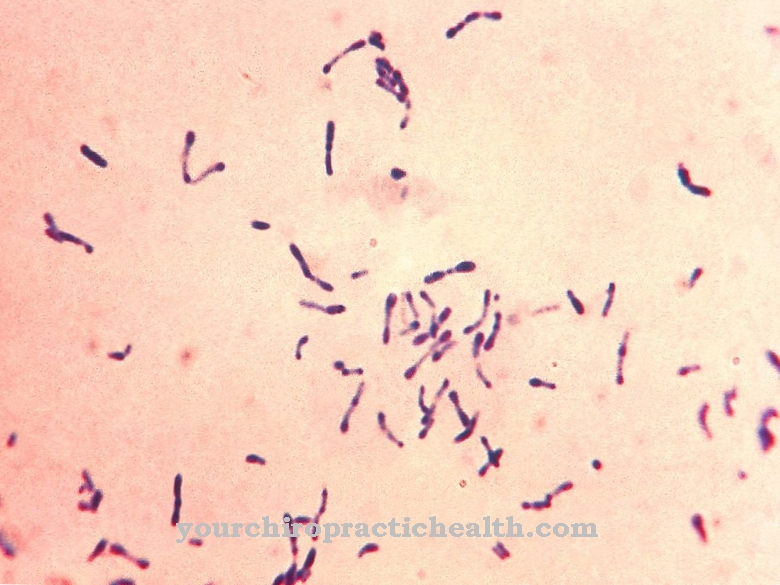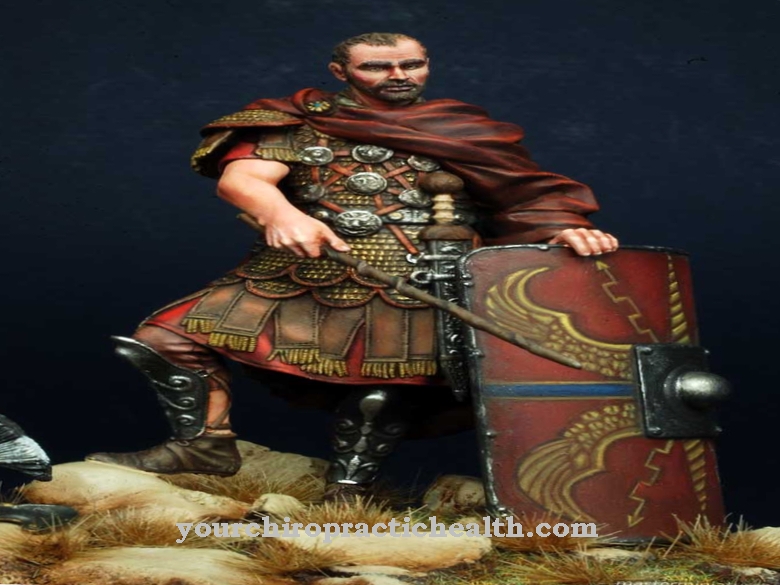As lice are called ectoparasites. Some kinds of them affect humans.
What are lice?
In lice, more precisely in human lice (Pediculidae), it is a family of insects that comes from the animal lice (Phtiraptera). With their proboscis, the parasites suck off the blood of their victims and leave itchy wheals. Human lice can be distinguished from animal lice by their mouthparts. In addition, animal lice are very rare in humans because the lice specialize in their host.
If people are infected with lice, doctors speak of pediculosis. This mainly affects hairy parts of the body such as the head, pubic hair and armpits.
A distinction is made between three types of louse that can harm humans. These are the head louse (Pediculus humanis capitis), the pubic louse (Phtirus pubis) and the body louse (Pediculus humanus humanus or Pediculus humanus corporis).
Occurrence, Distribution & Properties
Since lice are parasitic insects, they need a host body for their nutrition. They either live inside or on the organism of their victim. This is why human lice are ectoparasites, which also applies to leeches, fleas and ticks, for example.
The lice are permanent on their host, so they usually don't leave unless they make a direct transition. The different types of lice are specifically geared towards a particular host. In addition to human lice, there are also dog lice, pig lice and seal lice.
The head louse is one of the most common types of lice. On the other hand, felt louse and clothing louse are much less common. It has not yet been possible to clarify whether the head louse and the clothing louse are a separate species or just a subspecies of the human louse.
Lice have the property of feeding on their host's blood. For this purpose, they have special mouthparts with which they penetrate the host skin and suck off the blood. They also secrete a little saliva into the puncture channel, which prevents the blood from clotting. This process also triggers the typical symptoms of a lice infestation. This principle is similar to that of mosquitoes. The louse's blood meal takes place several times a day. Without a host, the parasite only survives a few days.
Human lice settle in human hair or clothing. There they hold on with their pairs of claws. The mating of the lice sometimes takes place between the sexes. A single-sex or virgin procreation (parthenogenesis) is also possible.
The lice attach their eggs to the hair or the fibers of textiles. Because the eggs are insoluble in water, they cannot simply be washed out in the event of an infestation. Both eggs and the remaining chitin shells that remain after the louse larvae hatch are called nits. In contrast, the larvae are called nymphs.
Outwardly, the larvae already show a resemblance to the adult insects, but their size is so small that they can usually not be seen with the naked eye. After going through several stages of development, the lice larvae are sexually mature after ten days, which means they can also lay eggs.
Pubic lice and clothes lice are mainly found in poorer countries and crisis regions. In contrast, they rarely occur in western regions. However, this does not apply to the head louse, as its spread can hardly be influenced by hygiene measures.
While the louse nymphs have a size between 1 and 2 millimeters, adult head lice reach a length of approx. 3 millimeters. The shape of the male louse is slightly smaller and slimmer than that of the female specimen.
The lice armor made of chitin is transparent, brownish or white-gray. Since the digestive tract fills with blood after sucking, the chitin layer takes on a reddish color. The change in color of the chitin shell makes the lice more difficult to spot.
Illnesses & ailments
If there is a lice infestation in humans, this is noticeable through typical symptoms. These include skin reactions such as itching, which predominantly appears at night. In most cases, red wheals and papules form on the affected parts of the body. There is also a risk of eczema from scratching. The reason for the itching and reddening of the skin is the louse's saliva, which is released during the stinging process.
In clothes lice, the bright red point at the puncture site later becomes an itchy, bluish point. The pubic louse, on the other hand, forms small blue-gray spots in the puncture area. The part of the body where the symptoms appear depends on the type of lice and in which region it leaves its eggs.
Pubic lice are found primarily on the hair of the anus and genitals. But sometimes they also affect the beard, eyebrows, chest, armpits, stomach or thighs.
Infection with lice almost always takes place from person to person, as human lice hardly ever occur in animals. Since the parasites do not leave their host, direct physical contact is necessary for their transmission. However, the clothing louse can also be transmitted through infected clothing. Clothes lice in particular are at risk of transmitting pathogens. These trigger rickettsioses such as five-day fever or typhus.
↳ More information: 5 ways to properly treat head lice

